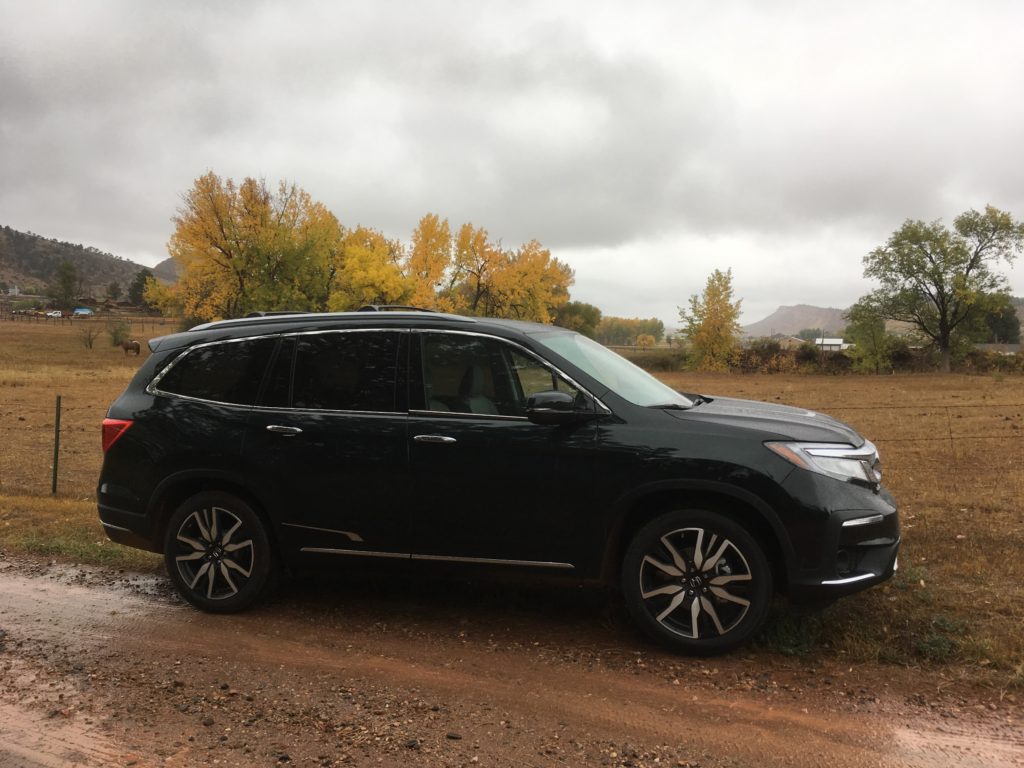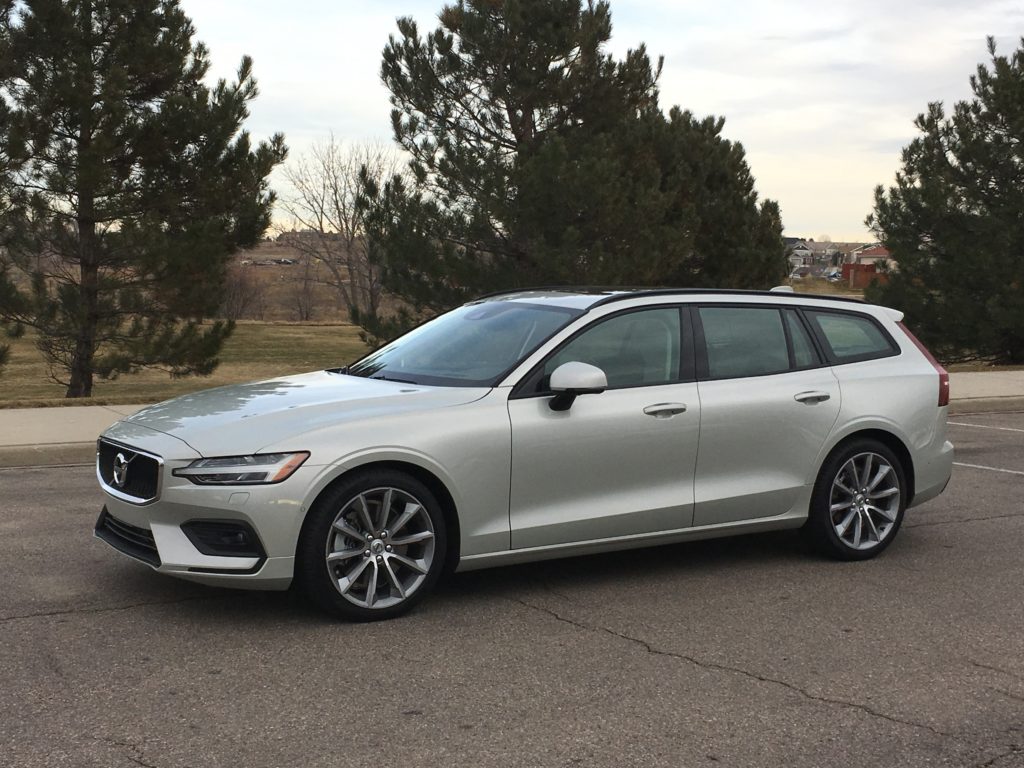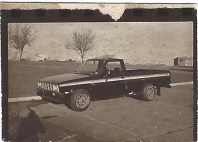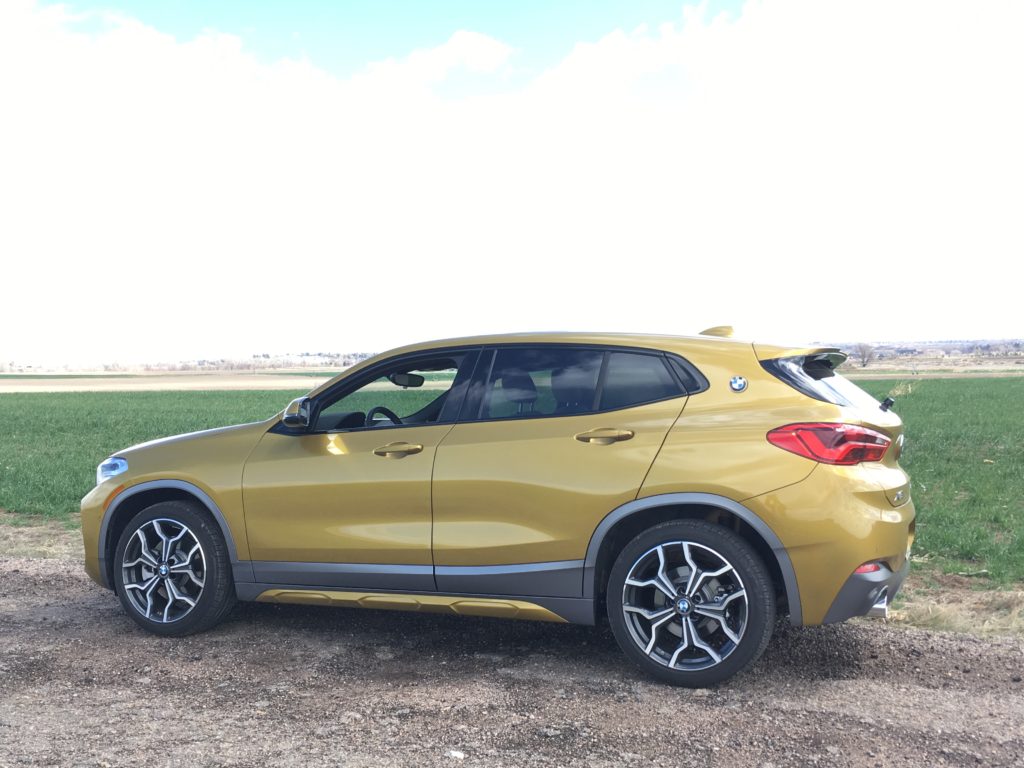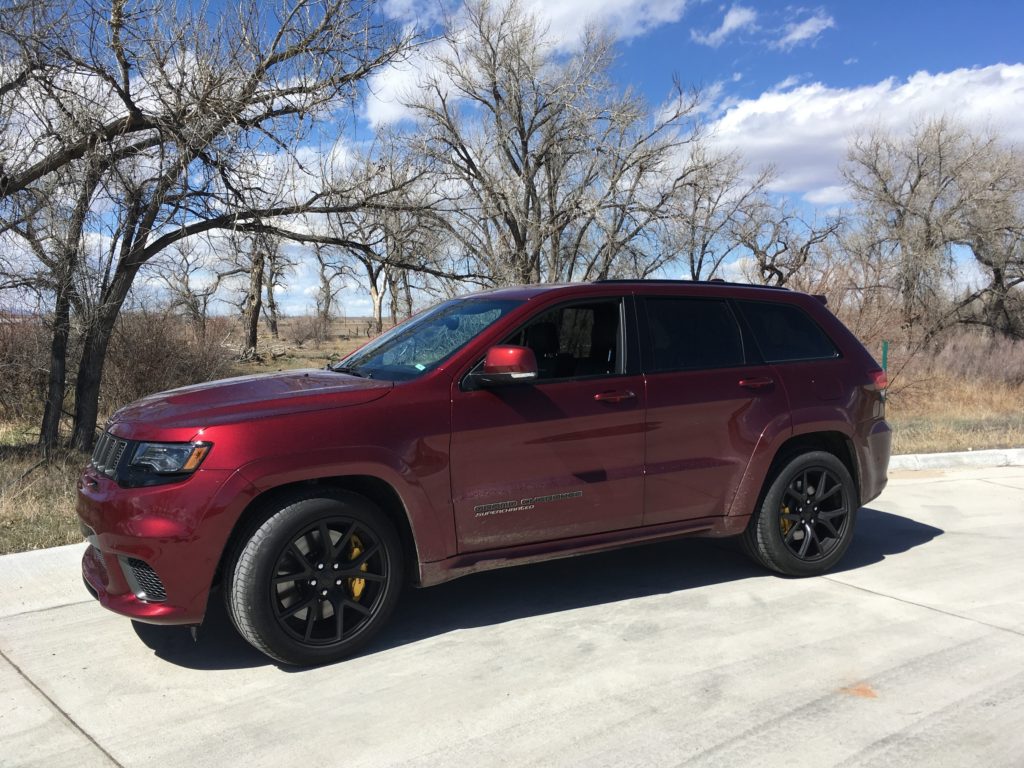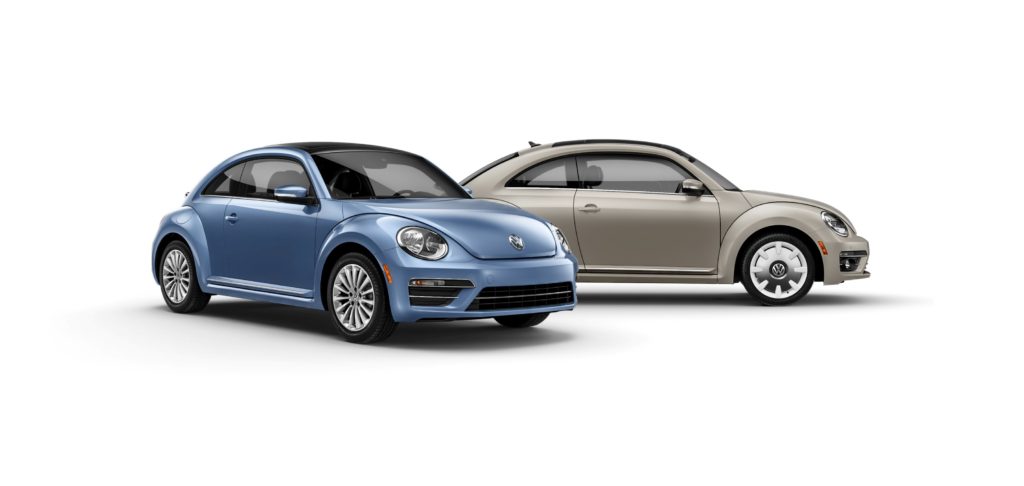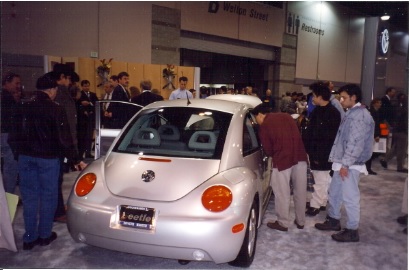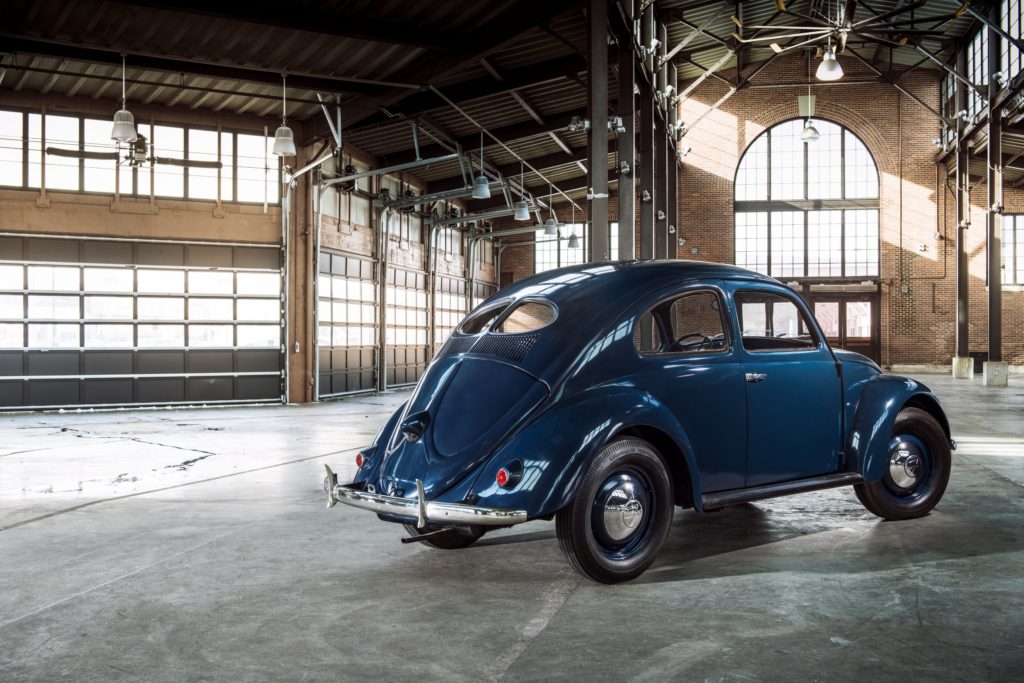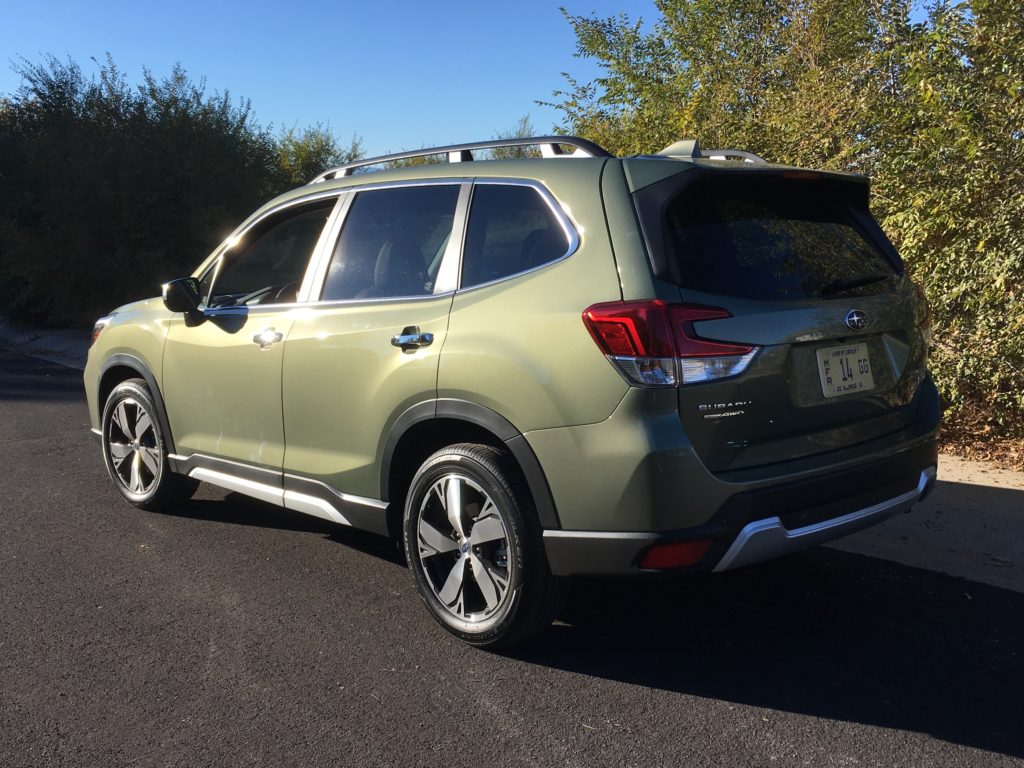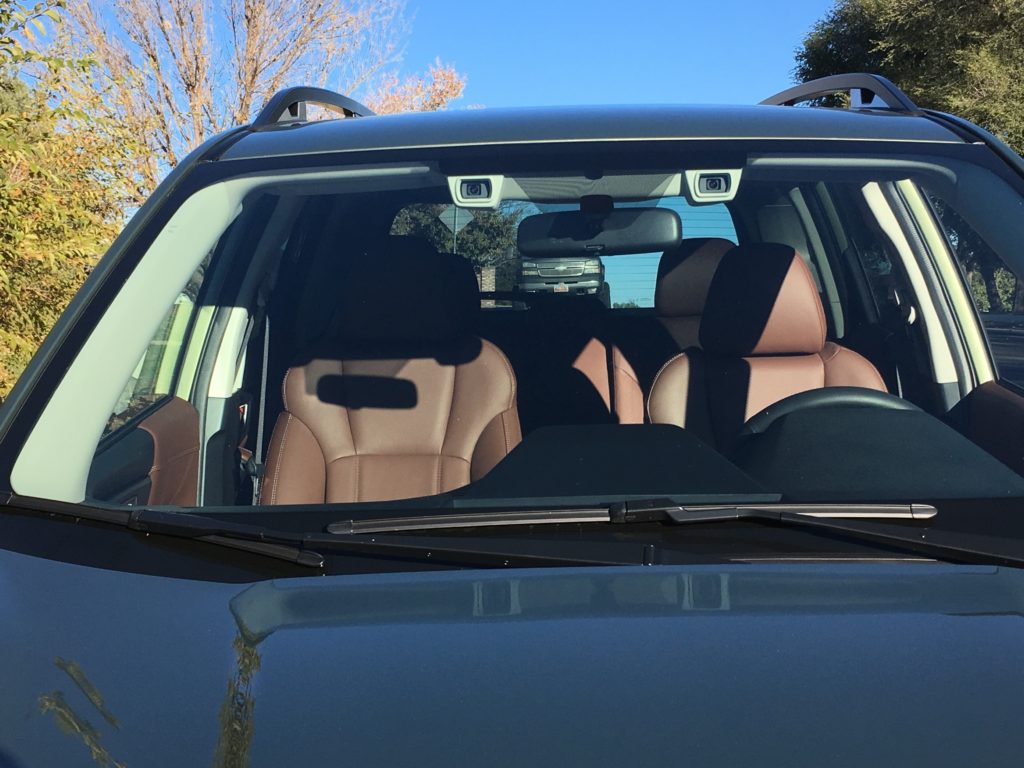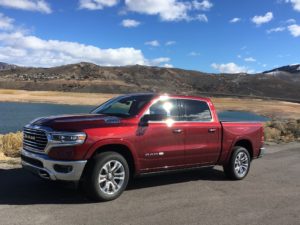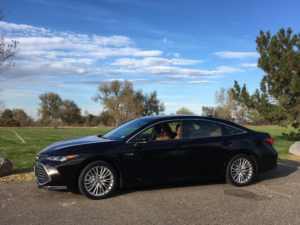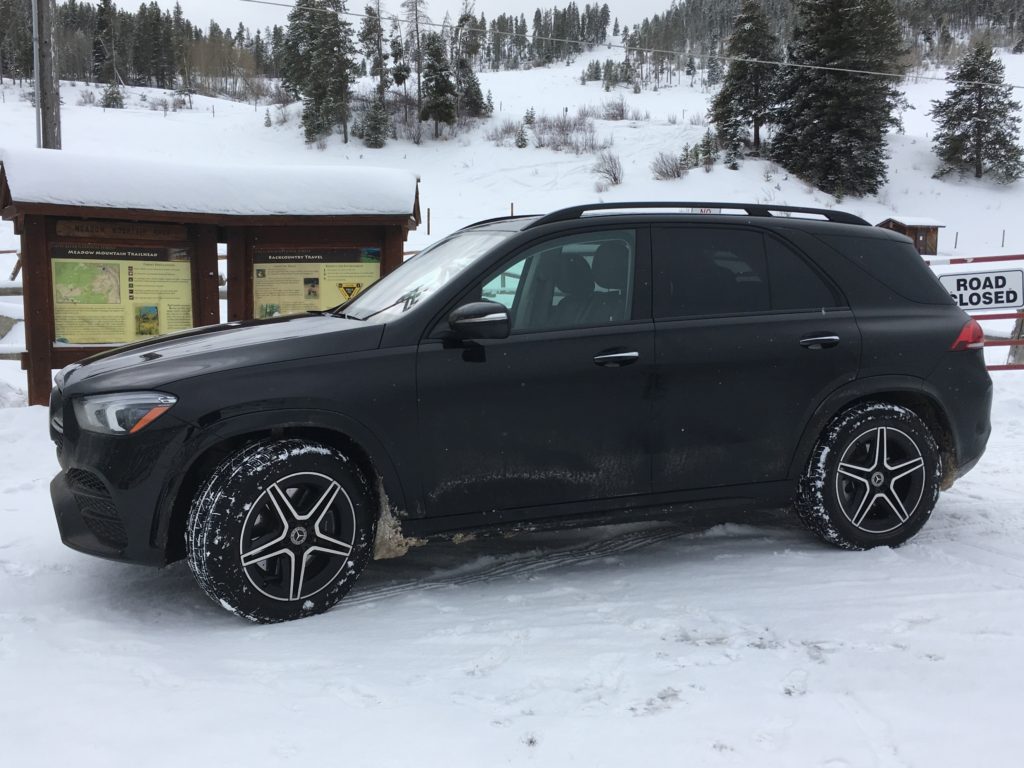
Driving a 2020 Mercedes-Benz prototype of the GLE450 4Matic SUV to snowy Avon on a December weekend was an early Christmas pleasure for Jan and me.
The snow was light as we entered I-70’s Eisenhower Tunnel on the east on Friday afternoon, then much heavier as we emerged on the west. It snowed all Friday evening and continued some on Saturday for our return to Denver and Greeley; conditions conducive for testing this luxury midsize sport ute.
The Avon village was picturesque in the snow and bright holiday lights, and the handsomely structured Mercedes fit the setting.
The new GLE, which will go on sale next spring, has 48-volt electrical system, 362-horsepower engine with added electric boost, 9-speed automatic transmission, increased length and width, pleasant design, and on and on.
Here, though, is what Mercedes’ people are hyping, what they expect will make it a standout among the other competitive European car builders:
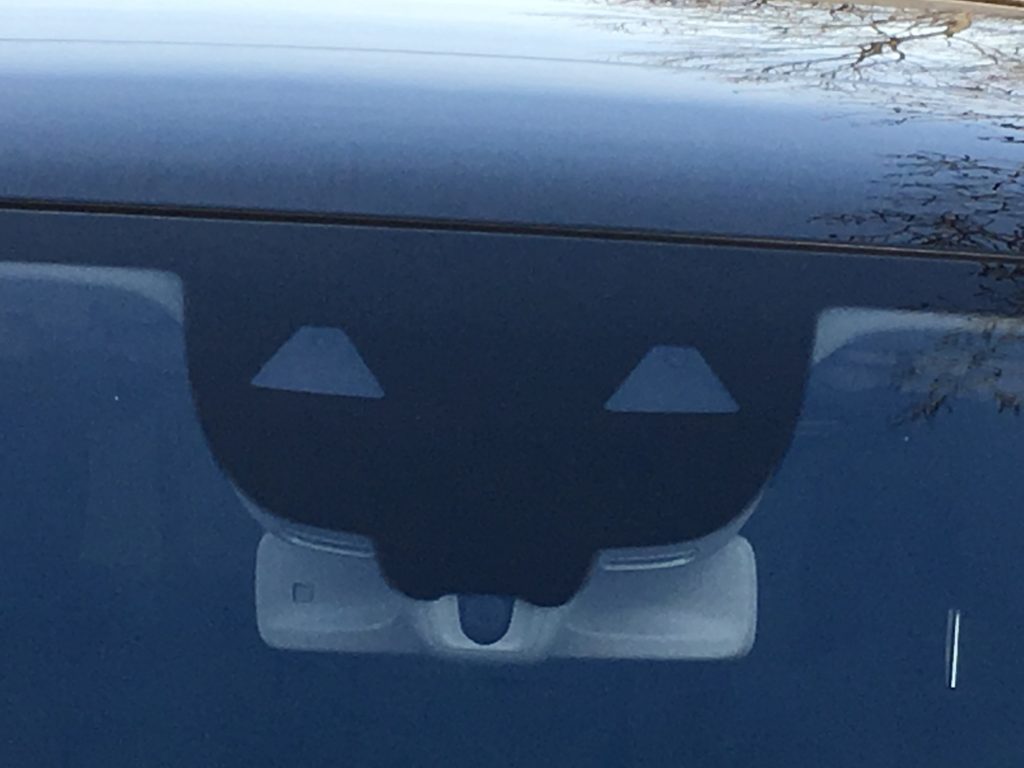
“The world’s most intelligent SUV suspension” called E-Active Body Control is independent hydraulic systems at each wheel, and as scanners read the road ahead for imperfections, a wheel’s suspension can be raised or lowered to keep this near-5,000-pounder fairly flat. Suspension movement ranges from 4.7 inches higher to 3.1 lower.
The GLE showed good control, excellent grip through the snow-covered roads; a couple days later closer to my home, I guided it off the edges of a narrow, paved, lightly traveled roadway onto rough, irregular shoulders, and, yes, the scanners did a job, there was no dip or lean by the body of the Mercedes. As a multipurpose camera atop the windshield does the scanning, the impact of potholes and railroad tracks are minimized.
Curve Control, another added feature, will lift suspension on the side of the car opposite the direction of the curve it’s taking (turn left, it raises the right side of the car), reducing some of the lateral g force on the passengers.
Performance comes from a turbocharged, 3.0-liter , inline-6-cylinder, supplemented with an added 21-hp from the EQ Boost’s integrated electric motor system. Fuel mileage average for the two-day drive to Avon and back was 23.8 miles per gallon.
Noticeable in the luxurious interior on the cold mornings, when heated front seats are engaged, also heating up are the leather padded lids for the center console bin, which serve as armrest for the driver’s right-side arm.
When Mercedes introduced its midsize sport ute as a 1998 model, it was then known as the ML320 or ML450, depending on engine size. We flew to New Orleans that fall, same weekend as Hurricane Georges was threatening the city, and drove to Memphis and back to Colorado in a new ML. Several years later, we bought an ML320 for Jan, who drove it five years before replacing it.
As a prototype, the GLE isn’t yet priced. Base price for the production GLE450 4Matic, announced by Mercedes, is $62,145. The prototype we drove probably would fall in the $70,000s. A lesser-powered GLE 350 with 2-liter turbo 4 and 4Matic will be base-priced at $57,195.
